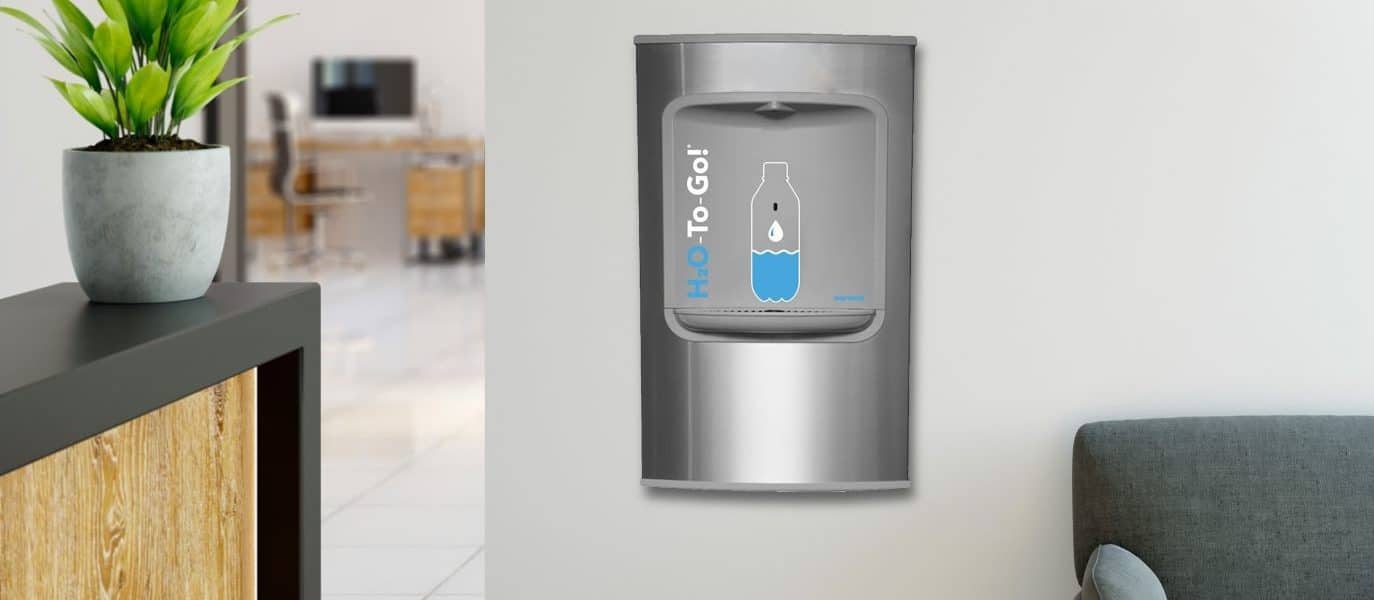It feels like it has been forever since congregations have been able to gather together for worship and provide their communities support and fellowship. During the pandemic, some churches found workarounds by live-streaming services or providing “drive-in” options. Others restricted capacity, and many churches had to shut down altogether.
With hope in sight for getting the spread of COVID under control and widespread vaccination, churches are preparing to open their doors once again. As they prepare for that long-awaited reopening, many faith-based organizations wonder what steps they must take to ensure a safe environment for their congregants.
Many others have shared excellent information already in this publication. We have seen advice on cleaning, altering, and renovating spaces. We have even seen communication techniques, so people understand the steps you have taken to protect them. We will stick to what we know so well — plumbing and plumbing fixture advice for reopening safely.
When a building has experienced a temporary shutdown or reductions in normal water use for any reason, there are a few hazards that must be eliminated before reopening. The big three are Legionella, the presence of lead and copper in drinking water, and sewer gas.
Safeguard Against Legionella
Legionella is a bacteria found naturally in lakes and streams. It is not a concern unless it is living in your showers, sinks, faucets, water heaters, and even decorative water features — anything that comes in contact with stagnant or standing water.
Once Legionella grows and multiplies in a building’s water system, the water containing Legionella can spread in droplets tiny enough for people to breathe in. Once Legionella enters the body, a person can develop Legionnaires’ disease or Pontiac fever.
To minimize your Legionella risk before reopening, the CDC recommends the following steps:
- Check to see if your manufacturer recommends draining your water heater after a long period of disuse. Other than that, you want to make sure your heater is set to at least 140 degrees.
- Flush your entire water system to remove all the stagnant water lying in the building’s pipes. To do this, you simply turn all your faucets on and run them until the water temperature reaches 120 degrees (Legionella thrives in temps of 77-113°F).
- Follow the manufacturer’s recommendations for cleaning your water features, and be sure to remove any visible slime or biofilm. Then you can refill the pond or fountain and keep Legionella at bay by regularly checking water quality parameters such as temperature, pH, and disinfectant levels.
Flush Lead and Copper From Your Water System
Lead and copper are generally nothing to worry about unless there has been a long period of low or no water use. When your plumbing piping system is not is use, some amount of stagnant water will sit in the pipes. That stagnant water, because it loses the effectiveness of the corrosion control materials put into the water supply, can wear down the protective coatings inside plumbing materials.
The CDC and EPA recommend:
- Testing your water for lead before opening, and be sure to take samples from faucets used for drinking water or cooking.
- Using only cold water for drinking and cooking. (Warm water can have higher levels of lead, and boiling water will not remove it.)
- Cleaning any faucet aerators (screens) as sediment and lead particles can collect in them.
- Using filters certified for lead removal. Be sure to replace those cartridges before their expiration date.
Quick Fix for Sewer Gas Emissions
Fortunately, sewer gas emissions are pretty easy to address. How do you know if you have this problem? Follow your nose.
Sewer gas is a mixture of gases, typically hydrogen sulfide, ammonia, carbon dioxide, methane, nitrogen, and hydrogen. It becomes a problem when drains have not been used for a long time, and the drain traps dry out. Without the water in the trap, the gas can escape, causing a noxious odor.
That odor is most likely coming from hydrogen sulfide. Hydrogen sulfide is a toxic gas but usually will not harm people at the levels of concentration that exist in one drain. Still, it is not something you want to mess with.
To stop the smell, simply pour a gallon or two of water down the drain. That is enough to flush the drain and refill the trap and prevent any more odors.
You might also want to consider adding inexpensive, easy-to-install trap seal devices in drains that are infrequently used. That way, it is one less thing you have to worry about should your building sit vacant or you have a few drains that are not often used.
A Few More Recommendations for Drinking Water and Hand Washing
Many of our customers are purchasing portable hand washing stations so their congregants can wash their hands wherever and whenever they need to. Even when COVID is under control, hand washing is the best way to stop the spread of germs.
We are also seeing a few of our customers switching to sensor-operated faucets and drinking fountains. Sensors provide an added layer of protection, as you do not need to touch the faucet or fountain to activate it.
Another option is to install sensor-operated refillable water bottle stations throughout your building. These can be retrofitted onto your existing drinking fountains or added as a replacement. Just make sure that whatever you decide to use for drinking water, it is equipped with a certified (NSF 42+53 certified) lead reducing filter.
All this may sound like quite a bit of work, but try to imagine the moment you swing open your front doors and welcome your congregation back in full. When you have gone back to a time when all ages are can rejoice together once again, you will have the peace of mind of knowing you’ve done everything you can to keep everyone safe.
Acorn Engineering Company, Murdock Manufacturing, and Jay R. Smith Mfg. Co. are divisions of Morris Group International. Headquartered in City of Industry, California, Morris Group International’s 28 divisions and partnerships manufacture products for handwashing, delivery of safe drinking water, plumbing and drainage, and more.





















